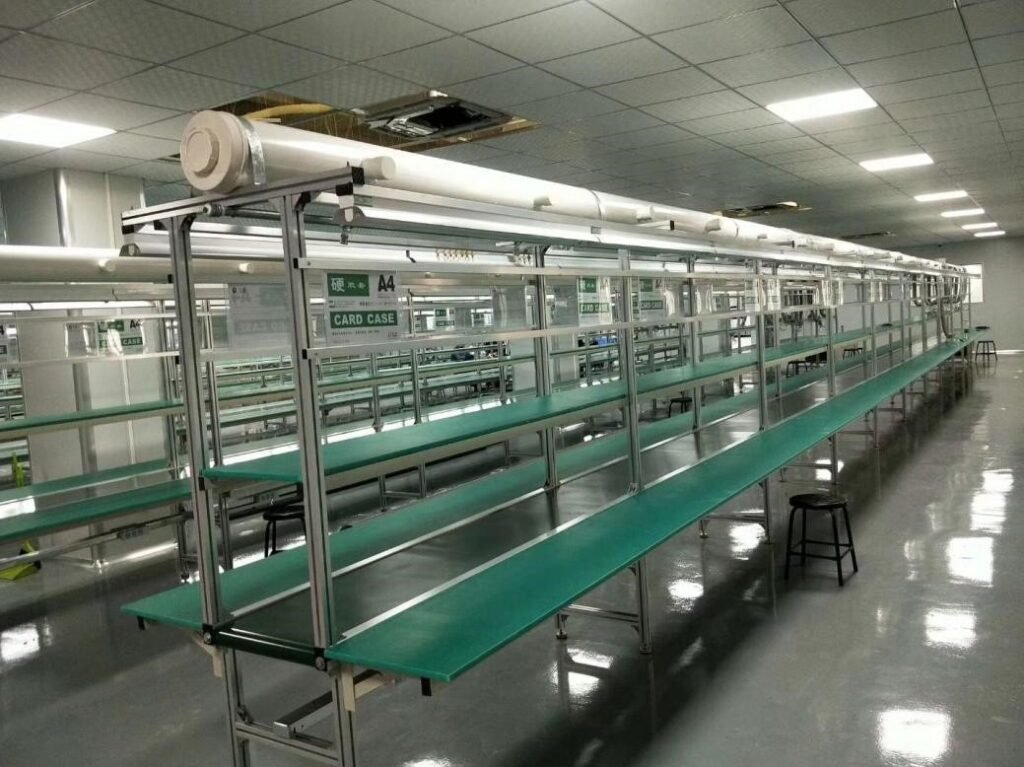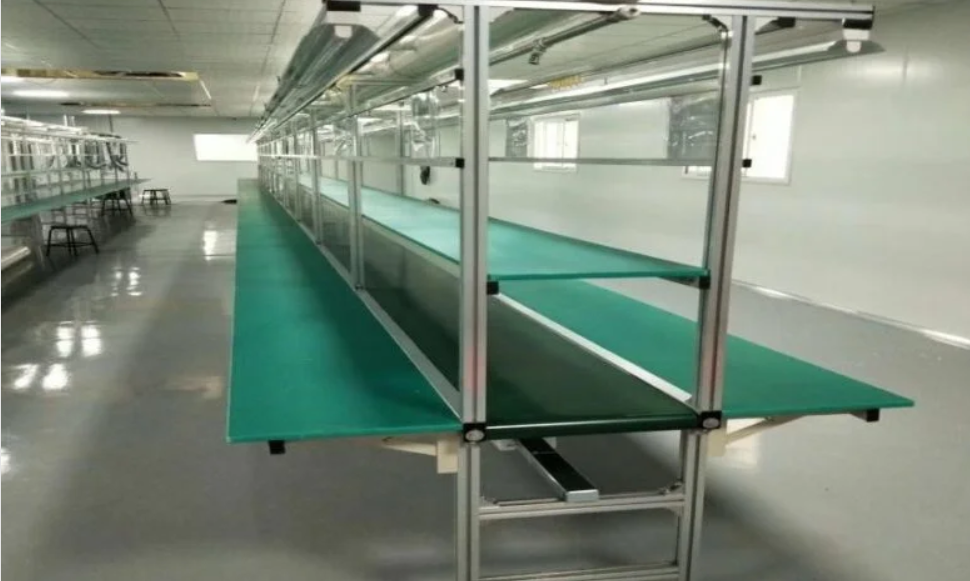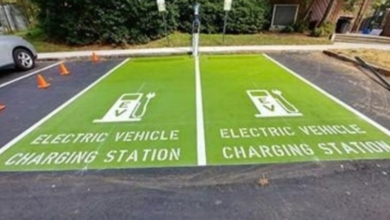The cost of establishing an SMT (Surface Mount Technology) production line is a complex topic influenced by multiple factors. For manufacturers and businesses in the electronics assembly industry, understanding these costs is critical for effective budgeting and operational planning. The price tag for an SMT line can vary widely depending on the scale, level of automation, and the specific equipment included. This article delves into the key elements that determine the overall investment, while providing a broader perspective on the components that shape the total expenditure.
Breakdown of the SMT line components
An SMT production line typically consists of several major components working in concert to place and solder electronic components onto printed circuit boards (PCBs). The essential parts include:
- Solder Paste Printer: This machine applies solder paste precisely on the PCB pads where components will be mounted. Its accuracy directly affects assembly quality.
- Pick-and-Place Machine: Often the most expensive piece of equipment, it automatically places surface mount components on the PCB. The speed, precision, and flexibility of this machine can significantly influence the line’s efficiency.
- Reflow Oven: This heats the PCB to melt the solder paste, permanently bonding components. The oven must have controlled temperature zones for consistent soldering quality.
- Inspection Systems: Automated Optical Inspection (AOI) and sometimes X-ray inspection machines verify component placement and solder quality, reducing defects and rework.
- SMT Peripheral Equipment: These include conveyors, loaders, and unloader systems, as well as printers and inspection integration devices, which streamline the workflow and enhance productivity.
Additional equipment such as solder paste inspection (SPI) machines, storage cabinets, and humidity control units may also be included depending on the requirements.
See also: Optimizing Tech Talent Acquisition with Strategic Technical Interview Outsourcing
Factors influencing overall investment
When considering the cost of an SMT line, several variables come into play:
- Automation level: Fully automated lines equipped with high-speed pick-and-place machines and integrated inspection systems command higher prices than semi-automatic setups.
- Production volume and product complexity: Lines designed for high-volume manufacturing with frequent changeovers require flexible, sophisticated machinery, which tends to be more costly.
- Brand and technology: Established manufacturers offering advanced technology with better precision and durability generally come with a premium price.
- Customization and support: Additional customization for specific applications or enhanced service agreements can add to the initial cost.
- Installation and training: Expenses for setting up the line, staff training, and process optimization must be accounted for to ensure smooth operations.
Key cost considerations summarized
- Initial capital expenditure on main machines and peripheral devices
- Integration of equipment to ensure seamless operation
- Costs related to installation, programming, and debugging
- Ongoing expenses such as maintenance, consumables, and software upgrades

Common misconceptions about SMT line costs
One prevalent misunderstanding is that the cost of acquiring the main machines alone reflects the total investment. However, the peripheral equipment plays a critical role in defining the efficiency and throughput of the line. Overlooking these can lead to underestimated costs and suboptimal performance.
Also, some assume that more expensive equipment always guarantees better results. While quality and technology matter, matching the machinery to the production needs is vital. Over-investment in overly sophisticated equipment for simpler tasks may lead to unnecessary capital lock-in.
Practical steps to optimize SMT line investment
To ensure cost-effectiveness while maintaining high assembly standards, consider the following:
- Evaluate production needs precisely: Analyze the types of PCBs, component sizes, and volumes to select equipment with appropriate capabilities.
- Modular approach: Starting with a core setup and gradually adding peripheral equipment allows spreading out capital expenditure and adapting to changing demands.
- Vendor comparison: Obtain multiple quotes focusing not only on price but also on equipment reliability, technical support, and after-sales services.
- Future-proofing: Consider scalability and compatibility with new technologies to avoid premature obsolescence.
SMT peripheral equipment’s role in cost-efficiency
While the headline machines often attract the spotlight, SMT peripheral equipment—including conveyor belts, loaders, and unloading stations—ensures smooth transitions between process steps and minimizes downtime. Investing adequately in these components can prevent bottlenecks and enhance overall throughput, leading to better returns on the initial investment.
Peripheral devices may also include inline inspection units or solder paste printers with advanced control features. These additions contribute to higher yields by detecting errors early and reducing rework costs.
Additional considerations for budgeting
Besides the machines and peripherals, several indirect costs should be considered:
- Facility requirements: Space, clean-room conditions, and power infrastructure impact installation complexity and expenses.
- Consumables: Solder paste, PCB holders, nozzles, and other expendable materials contribute to operating costs.
- Human resources: Skilled operators and technicians are essential for maintaining production quality and line uptime.
- Software licenses: Modern SMT lines often integrate software for process monitoring and data collection, which may involve recurring fees.
Conclusion
Estimating the cost of an SMT line demands a comprehensive understanding of the components, operational demands, and future goals. Rather than focusing solely on headline machines, a balanced approach that includes SMT peripheral equipment and related operational factors ensures a functional, efficient production setup. Careful planning and vendor evaluation can lead to a cost-effective investment tailored to specific manufacturing requirements.
By addressing all aspects from core machinery to peripheral systems and operational overhead, manufacturers can make informed decisions that optimize both cost and productivity in their SMT lines.




